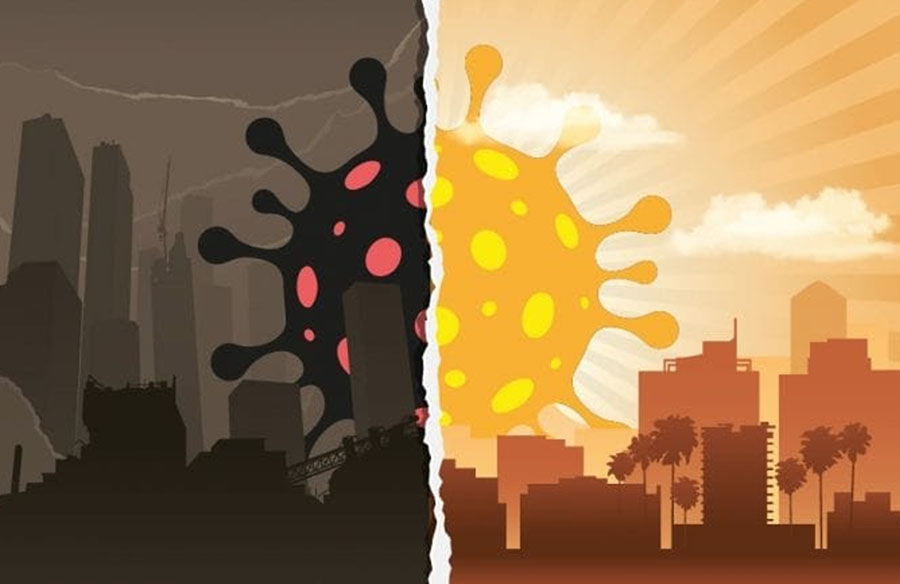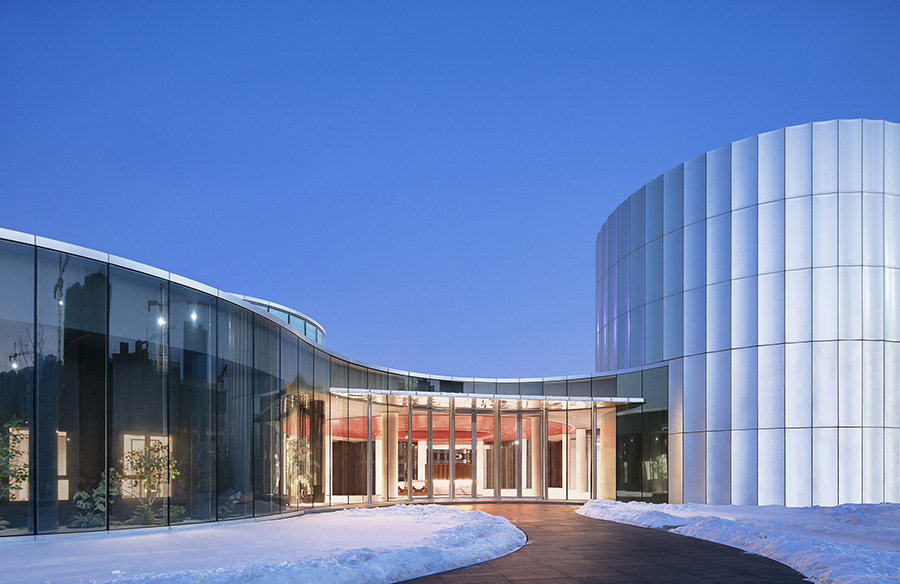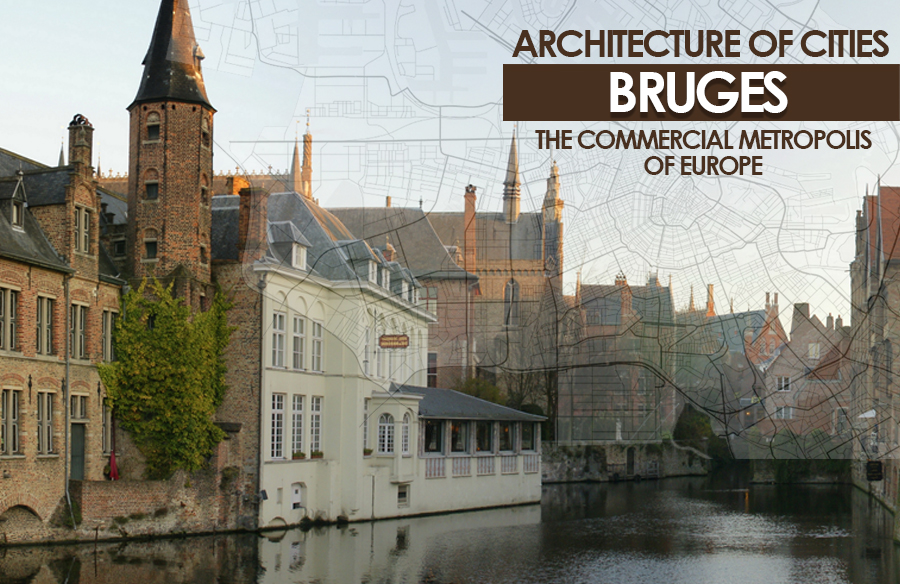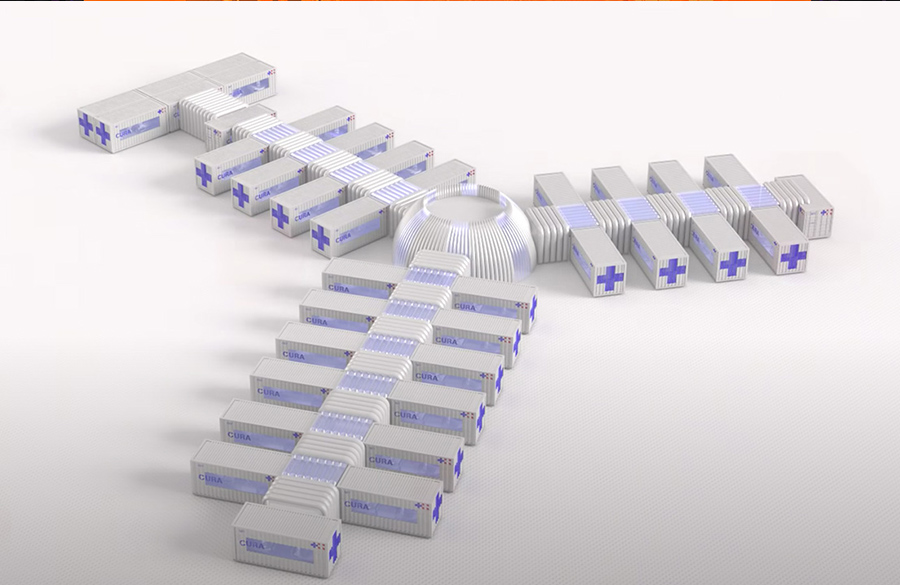It is undeniable that the Corona [COVID-19] virus pandemic has brought the entire world to a standstill. Many of us are looking at ways to restart the economy by adapting to new methods and applying new techniques at work. We have also seen a recent surge in the use of Pandemic Oriented Design within the architecture and design community. What is it? How does it ensure a sustainable future?

Observing the city and therefore its people
We constantly come across photos on social media stating that the rivers are cleaner than ever, the dolphins unusually close to harbours, and wild elephants inhabiting highways that were once ruled by vehicles. Most of us are experiencing a small piece of an alternate reality – where sustainable design is the standard procedure.
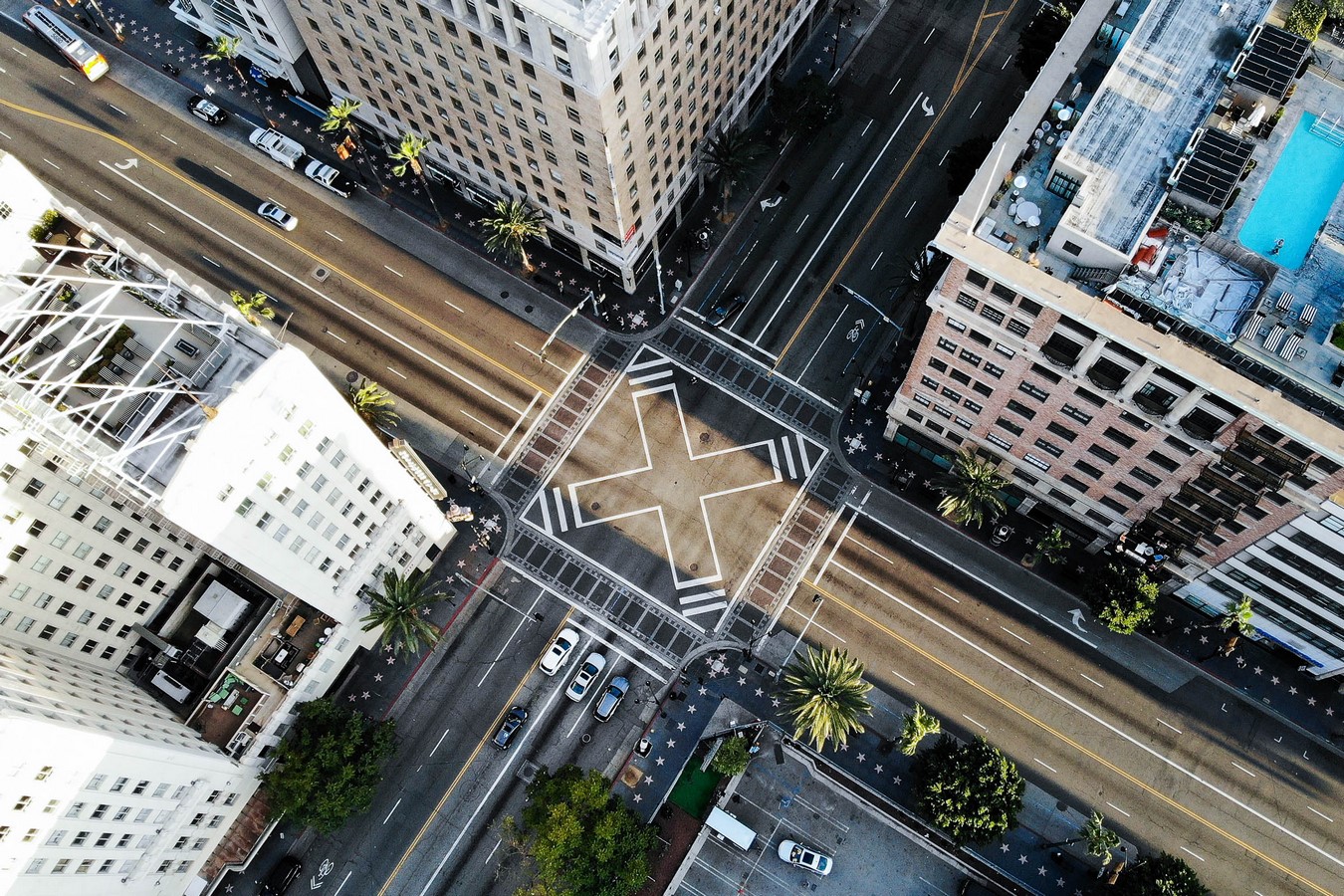
Empty Cities
This exposure goes a long way. Many new start-ups are now focussing on promoting sustainable materials, practices, and even sustainable living as their ideals. One might wonder, “This is all great! But, what does it have to do with the AEC industry?” To put things in perspective, the majority of people are our consumers, clients and end-users. If they are moving towards Sustainability, it is safe to say that now is the time to put on your Green Building shoes.
Universal Re-Green-eration
Another important observation is that we’ve started depending entirely on technology and gadgets to connect with people professionally and informally. Our phones, computers, and even vehicles move towards green and cleaner resources such as solar and hydroelectricity.

But, the change is not only at the source; we observe new strategies even at the end-user level. Companies are looking at WFH (Work from Home) as a cost and energy effective alternative to travelling every day. People are moving away from cities towards less populated/dense suburbs and villages. As a result, the transportation, entertainment, and the tourism sector are the ones that would primarily facilitate construction and design projects in the near future.
History (always) repeats itself.
The immense increment in environmental awareness among the public pushes new design styles that cater to the changing needs. Looking back, pandemics have shaped our cities more than we realize. The entire concept of modernism revolves around clean, white and, minimal surfaces that are easy to maintain instead of heavy ornamentations that collect dust.

The Guggenheim Museum
As a matter of fact, Los Angeles owes its expansion to the migration of tuberculosis patients into the city. History always repeats itself. As designers, it becomes our responsibility to identify the signs and learn to adapt. Maybe, we’ll see COVID-19 as a reason to move away from dense settlements, high-rise buildings and switch back to horizontal expansion.
Old Avenues, New Light
The most pressing need in the pandemic affected economy is Speed. Modular construction and Adaptive reuse are few approaches that are gaining traction and popularity during these times. Quick design of emergency hospitals, containment areas, testing centres and shelters rely have created an extensive demand for Low-Impact design and Adaptive Reuse – making way towards sustainability techniques.

Home Gardening
One of the other noticeable trends in recent times is a large number of people opting for organic farming and the rise of balcony gardens. Houses of the future might have to accommodate bigger balconies and lawns to promote home-based cultivation. Industrial Aeroponics and Hydroponic systems are also emerging as one viable solutions to tackle food scarcity in many parts of the world.
Go Local
We realize we can live simply, reduce shopping or consumption, travel in this century. We are connected with everyone and everything online, reducing our resource consumption. Moreover, we realize our local shops in our neighbourhood are able to produce a much better quality of food and products that arrive earlier than the global sellers.
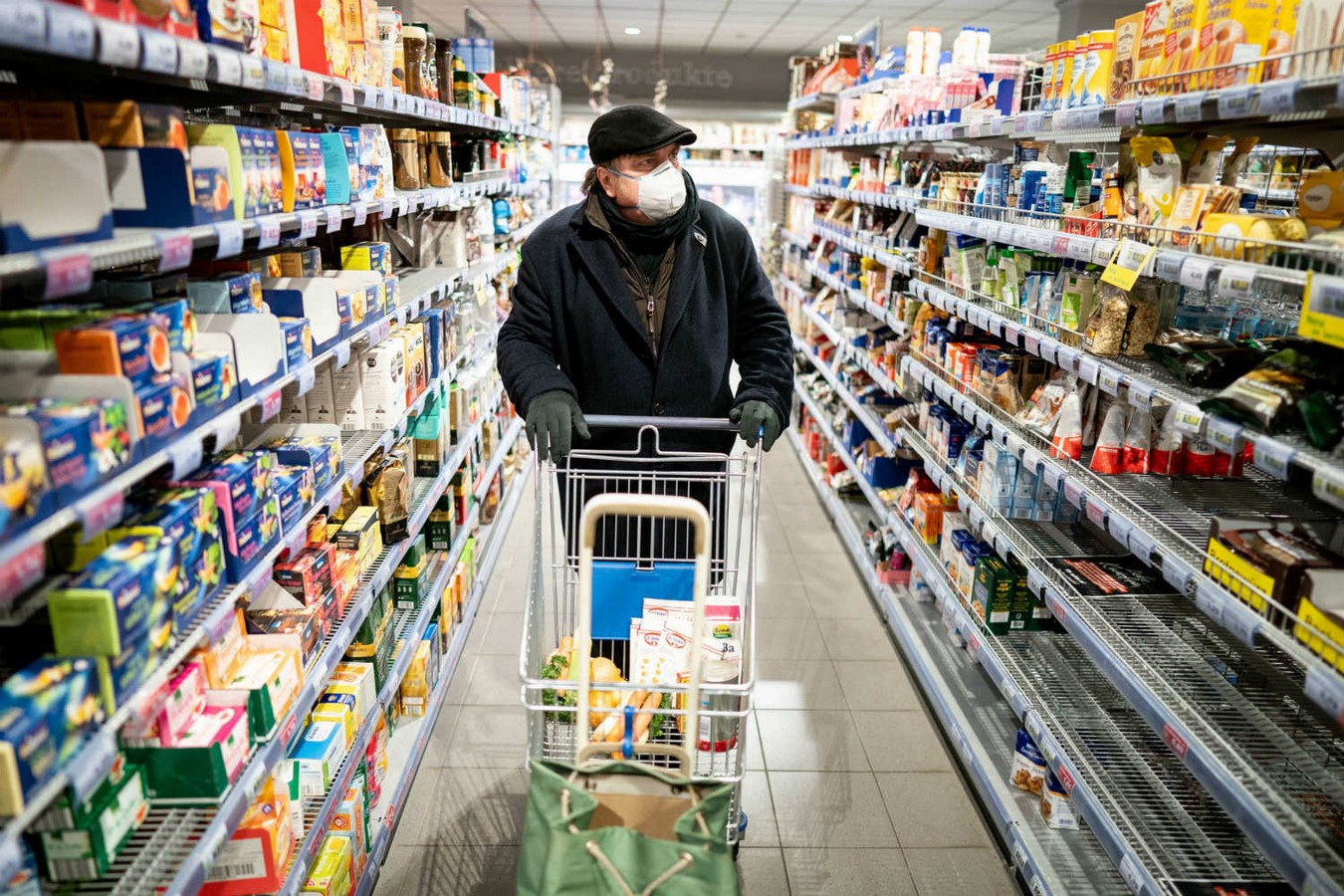
Local Shopping
In simple terms, we are looking at a massive decentralization in the trade & commerce industry as well. This in turn, opens up new opportunities for sustainable products, packaging and healthier foods, all while making sure we have bluer skies.
Conclusion
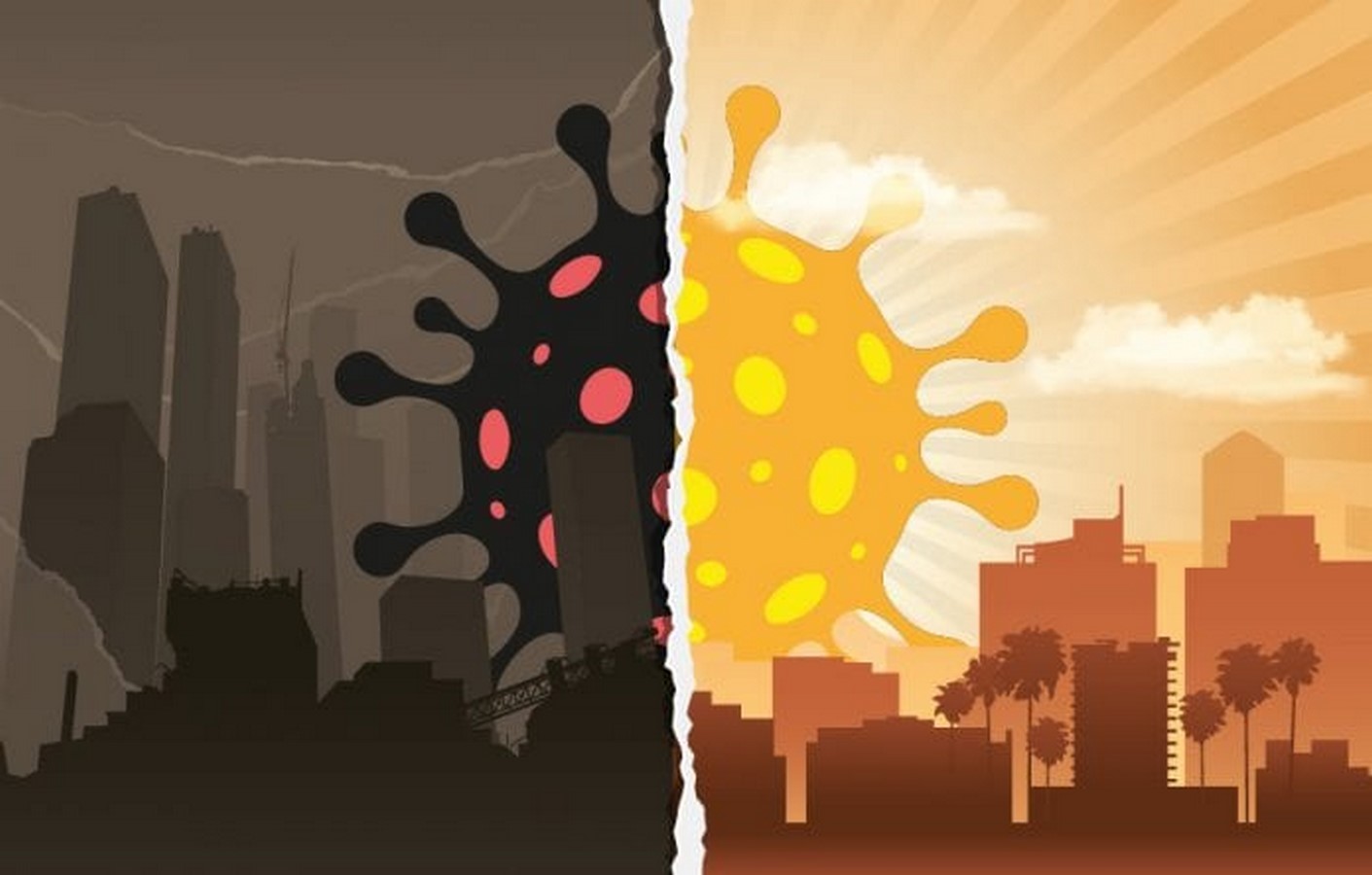
The pandemic has affected us all in multiple ways. Post-COVID, most business will aim at survival and revival. But, once the initial shock is overcome, thoughts will be projected towards futureproofing and accessing the vulnerabilities exposed by the pandemic. That is where the future of Sustainability lies. That would be the perfect opportunity for designers and architects to educate our clients and team on best practices.


